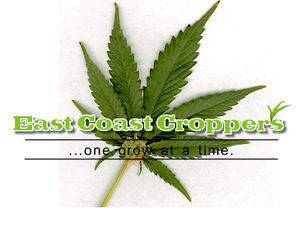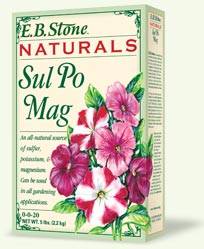skylined
Member
I've been looking at various bat guanos and bird guanos and many seem to be excellent sources of N and P, except none have very good K ratios (6-10-2) for example. I know that plants would start showing K deficiencies if I only used guano, so what is a good, fully available source of K that is organic and I can mix into the soil? I considered sul-po-mag (sulfate of potash) but I don't know how organic that is, and with a 0-0-60 ratio it'd be easy to overdo it.
Peace,
~Skylined

Peace,
~Skylined










